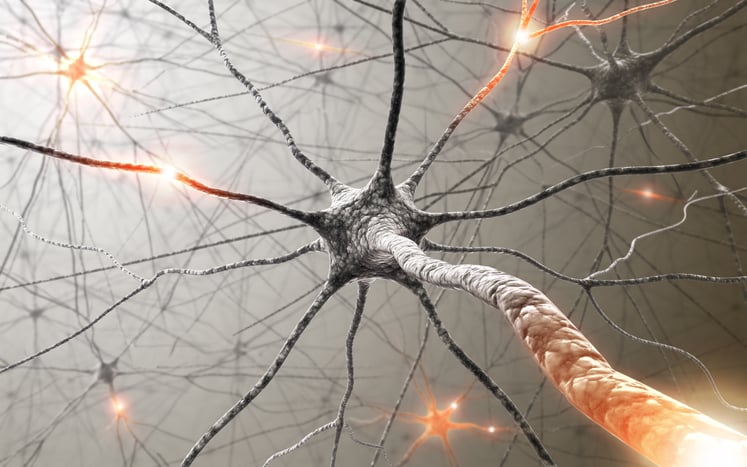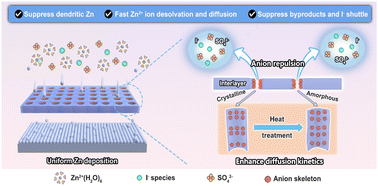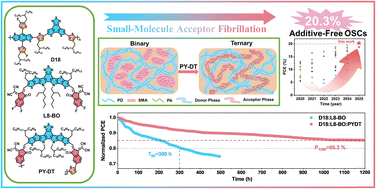Electronic Structure Engineering in Electrocatalysts: Enabling Regulated Redox Mediation for Advanced Lithium‐Sulfur Chemistry
Advanced Energy Materials, EarlyView.

This review systematically summarizes reports on the modulation strategies for electronic structure in Li–S batteries, mainly including d-band position, d-band valence electron/vacancy, spin state, eg/t2g orbitals, electron filling of anti-bonding, p-band, d-p orbital hybridization, f-orbital, and geometric structure engineering. This review can afford cutting-edge insights into the electronic structure regulation in Li–S chemistry.
Abstract
The practical deployment of lithium-sulfur (Li–S) battery is fundamentally constrained by the intrinsic shuttle effect and the kinetically sluggish conversion of lithium polysulfides (LiPSs). To mitigate these challenges, rational design of advanced electrocatalysts capable of dual-functional LiPSs immobilization and catalytic conversion has been recognized as a pivotal solution. Critically, the catalytic efficacy of electrocatalysts is intrinsically governed by their electronic structure characteristics, which dictate adsorption energies, charge transfer dynamics, and reaction pathway selectivity during the redox process. However, a systematic review correlating electronic modulation strategies with mechanistic enhancements in Li–S chemistry still remains absent. This review emphasizes recent advances in the fascinating strategies to tailor the electronic structure of electrocatalysts, including but not limited to d-band position, d-band valence electron/vacancy, spin state, eg/t2g orbitals, electron filling of anti-bonding, p-band, d-p orbital hybridization, f-orbital, and geometric structure engineering. The fundamental relationships between electronic structure and catalytic activity are discussed in detail, highlighting mechanistic insights into the origins of enhanced activity. Finally, the major challenges in modulating electronic structure are summarized, and an outlook for further development of electronic structure strategies is briefly proposed. This review can afford cutting-edge insights into the electronic structure regulation in Li–S chemistry.















































































































































